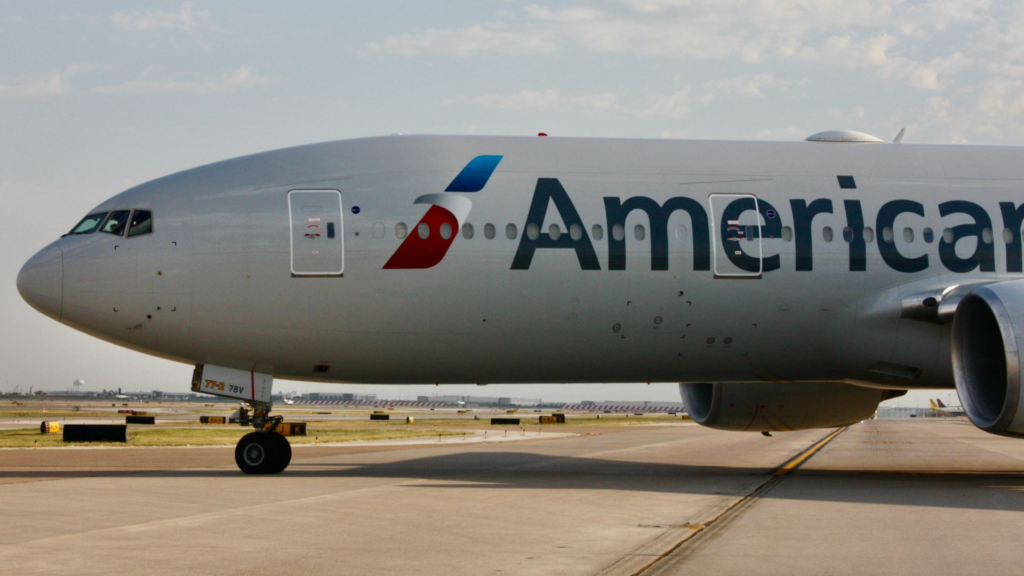Air travel demand is steadily growing, and so is the competition. Airlines are stepping up efforts to improve the customer travel experience and differentiate themselves through innovation. Many are investing in technology to create smoother, more connected experiences that keep passengers informed and in control throughout their journeys.
The carrier has taken a fresh approach to the passenger journey, and is aiming to make every stage of travel, from booking to boarding, more seamless and personalized. This year, it has introduced a series of digital tools and service updates that are designed to enhance how customers plan, check in, and experience flights, including new booking features powered by generative AI, real-time travel assistance, and upgraded airport kiosks.
American Has Rolled Out Generative AI Feature To Redefine How Passengers Plan Trips
Anshuman Singh, American’s Managing Director of Customer Experience Digital Transformation, told USA Today that travelers are increasingly focused on “experiences” when booking vacations. Therefore, the airline aims to anticipate this shift by meeting customers where they are and helping them discover destinations that align with their travel interests.
It has been quietly rolling out a new booking tool designed to change how travelers plan their trips. The new generative AI-powered feature allows passengers to search for flights based on the kind of experience they want (such as a beach escape or cultural getaway) rather than the specific airports they want to fly to and from. Currently, the tool is available to only about 50% of users on American’s website. Looking ahead, the airline plans to launch an in-app version and expand access to all website users.
American Has Introduced Smart “Short-Hold” System To Help Connecting Passengers Make Their Flights
In addition, American has also started testing an interactive 3D seat map for its Boeing 787-9 aircraft, giving passengers a virtual look inside the cabin before they fly. The feature lets travelers explore seating options across its Flagship Business and Premium Economy cabins, view detailed layouts, and better understand the onboard experience before confirming their booking. Other global carriers, including
But overall, the most notable technological development at American is its new “short-hold” system, which uses real-time operational data to help connecting passengers make their onward flights. The system technology monitors inbound connections in real time and identifies travelers at risk of missing their onward flight. If it determines that a short delay will not disrupt the wider schedule, the system automatically flags the flight for a brief hold to allow those passengers to board.
The airline first started testing the technology at
It monitors inbound and outbound flights in real time to decide whether a departure can be held for connecting passengers. It sends text alerts to connecting passengers when their next flight is being held and coordinates gate holds without requiring manual input from agents or operations teams. United says the system has already helped save millions of connections since its introduction.
American Airlines Continues To Upgrade Airport Technology With Smart Kiosks And Touchless Bag Drop
Besides, the
In addition, the airline has been expanding its touchless bag drop technology, which was first introduced at Dallas/Fort Worth (DFW) and Ronald Reagan Washington National Airport (DCA) after the COVID-19 pandemic. The system allows passengers to drop off their bags without needing to show a physical ID or boarding pass, using digital verification instead.
It is intended to reduce wait times and make the process more efficient. American has also updated its mobile technology to simplify travel. Customers using Apple Wallet no longer need to add their boarding pass manually; it now appears automatically after check-in.

